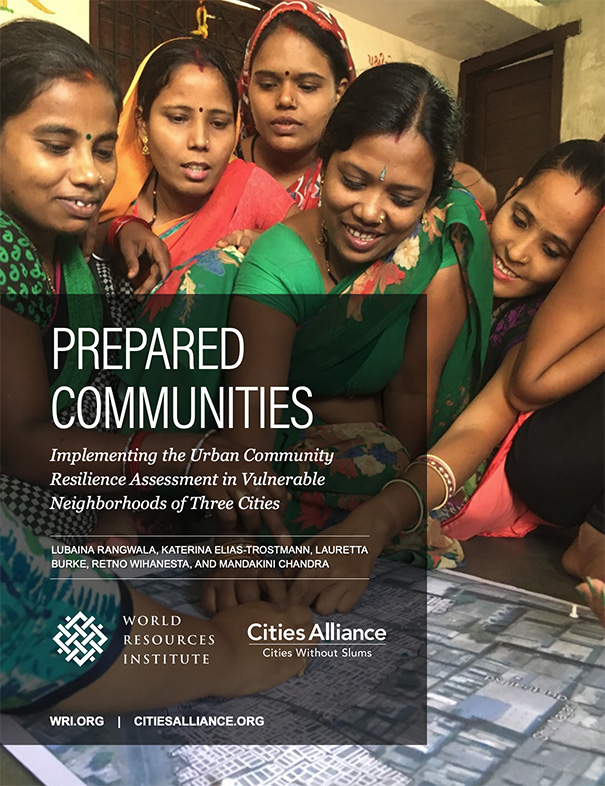The integration of food into urban planning is a crucial and emerging topic. Urban planners, alongside the local and regional authorities that have traditionally been less engaged in food-related issues, are now asked to take a central and active part in understanding the way food is produced,…
Agricultural land conversion (ALC) is an incentive-driven process. In this paper, we further investigate the inter-relationship between land economic value (LEV) and ALC. To achieve this goal, we calculated the LEV for agricultural and non-agricultural (housing) uses in two areas of East Java,…
Large areas of deforested and degraded land, particularly degraded peatlands, need a viable long-term solution for restoration, ideally one that ensures energy security without compromising food security or biodiversity conversation. To address a knowledge gap on the most adaptive bioenergy crop…
In Indonesia, land cover change for agriculture and mining is threatening tropical forests, biodiversity and ecosystem services. However, land cover change is highly dynamic and complex and varies over time and space. In this study, we combined Landsat-based land cover (change) mapping, pixel-to…
Climate change affects poor and marginalized communities first and hardest. Particularly in cities, a lack of access to basic services, a long history of unsustainable urban development, and political exclusion render the urban poor one of the most vulnerable groups to climate induced natural…
Access to safe water and sanitation and sound management of freshwater ecosystems are at the very core of sustainable development. This is the aim of Sustainable Development Goal 6 (SDG 6), which includes approaches to water management supported by international cooperation, capacity building…
Goal 5 of the Sustainable Development Goals (SDGs) “Achieve gender equality and empower all women and girls” recognizes the fundamental role of women in achieving poverty reduction, food security and nutrition. Target 5.a aims to “Undertake reforms to give women equal rights to economic…
En 2016, el Centro para la Autonomía y el Desarrollo de los Pueblos Indígenas (CADPI), junto con el equipo de Pueblos Indígenas de FAO y el apoyo técnico del equipo de Tenencia de la Tierra de FAO, implementaron un programa de desarrollo de capacidades para y con los pueblos indígenas de…
Indonesia has a large area of degraded land, i.e. 30 million ha, which could potentially be utilized for biofuel plantations. The leguminous tree pongamia (Pongamia pinnata syn. Milettia pinnata) could be utilized to produce biofuel while restoring degraded land. Here, we explore the potential…
Economists argue that land rent taxation is an ideal form of taxation as it causes no deadweight losses. Nevertheless, pure land rent taxation is rarely applied. This paper revisits the case of land taxation for developing countries. We first provide an up-to-date review on land taxation in…
The focus of Strategic Objective 2 stems from FAO’s vision for sustainable agriculture, which is at the heart of the 2030 Agenda. This evaluation assessed FAO’s efforts in promoting integrated approaches for making agriculture, forestry and fisheries more productive and sustainable. These…
大约三年前,各国领导人就联合国《2030可持续发展议程》及其17个可持续发展目标达成一致,自此该议程和目标成为指导全球发展政策的核心框架。本版《世界森林状况》旨在加强我们对森林及其可持续经营如何为实现多项可持续发展目标做出贡献的理解。对世界森林而言,时间紧迫:我们必须开展跨部门协作,把利益相关方集合起来,尽快采取行动。《2018年世界森林状况》确定了可采取的行动,以增强森林和树木为加快实现可持续发展目标所必需做出的贡献。现在必须采取措施以更有效地与私有部门合作,必须对非正规部门进行改革,以实现更广泛的经济、社会和环境效益。七十年前,当联合国粮农组织完成其第一次世界森林资源评估的时候,…










